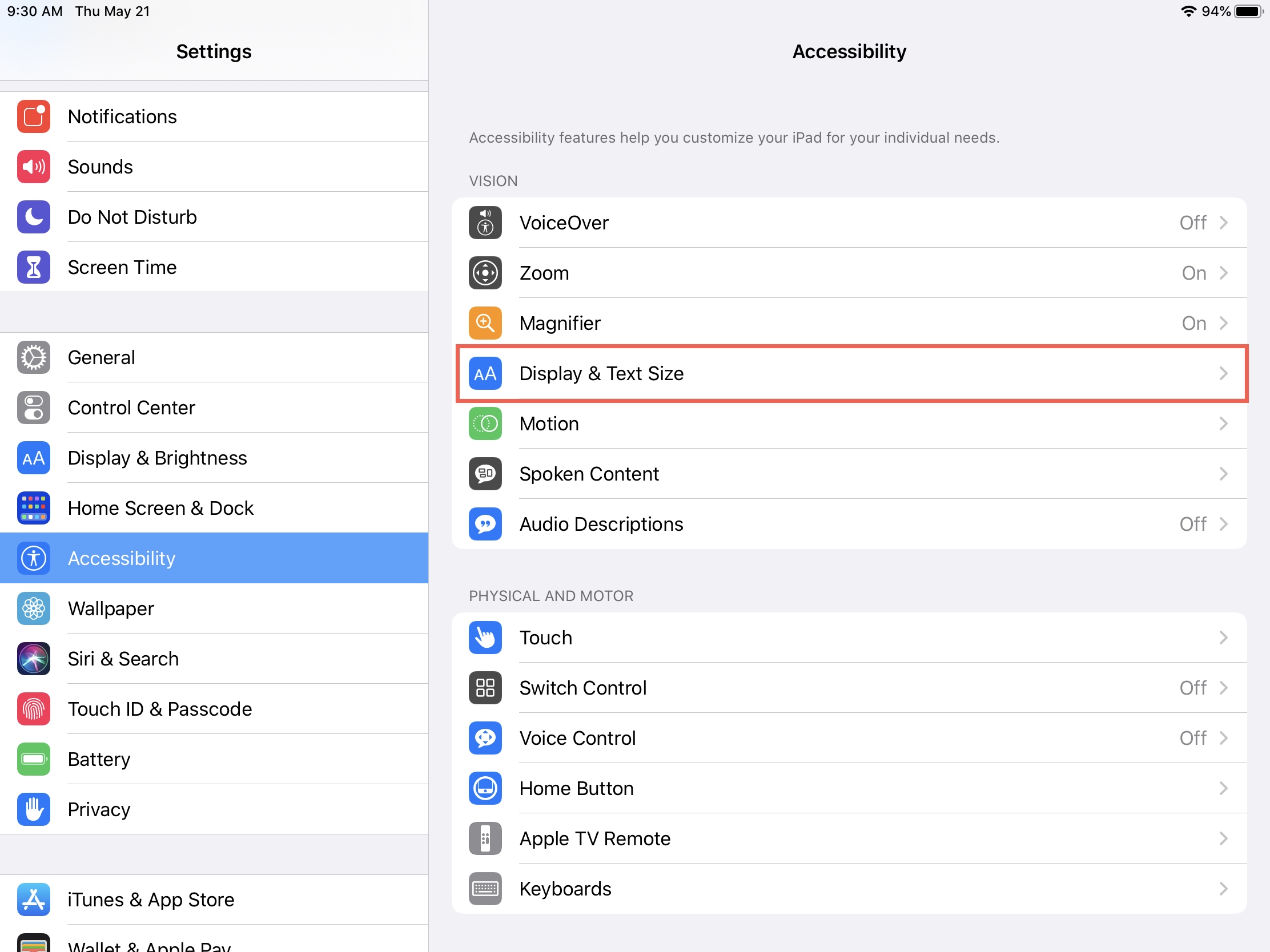

Make use of bulleted or numbered lists to clarify certain processes or overviews.So not: c lick here, but instead: c heck out information about Australia. And make sure that the links included are meaningful. This can be done with a summary, for example. You can do this by including an outline or, for example, a background colour. Visually group small pieces of related text.

Start titles with the most important words.We can design content that supports scanning by: Good tips for an accessible text nice to read This has everything to do with how the text is visually structured. However, it is important to realise that even without these limitations, a reader may not read in the way that you expect. Readers can therefore find themselves in all kinds of situations, visually or cognitively restricted, whether it be a permanent limitation or a temporary one. In sum, there are many situations that can present visual or cognitive limitations for a person, even if just temporarily. Even a stressful, chaotic environment where someone does not feel comfortable can be a contributing factor. Consider someone who speaks a different language and doesn’t understand what you say, people for whom Dutch is not their first language, or deaf people (for whom sign language is their first language). Although, even if someone does not necessarily have one of these, there may still be a cognitive limitation. Several (identified) limitations include: dyslexia, hyperlexia, autism, ADHD, etc. In addition to the many kinds of visual impairment, there are also different kinds of cognitive impairment. Have you ever tried to tossing a ball and catching it while reading a text? Even visual distractions can prevent someone from reading a text. This might be due to an eye infection or hay fever. But, in addition to a (fixed) visual impairment, some people may experience temporary visual impairment. When we design for people who have difficulty reading, we can roughly identify two groups: people with visual impairment and people with cognitive impairment.įor example, a visual impairment can be blindness or low vision. Personal characteristics: Does this individual show a proclivity for scanning and tend to scan even when highly motivated? Or is she very detail-oriented in her general approach to reading online?.Level of focus: How focused (or unfocused) a user is on the task at hand?.Type of task: Is the user looking for a specific fact, browsing for new or interesting information, or researching a topic?.Level of motivation: How important is this information to the user?.Though light scanning is the primary method used to process information online, the amount of time any individual user is willing to spend reading depends on four factors: Some examples:į-Pattern (Chinese site) - Eyetraking test (ph. The most common are: F-pattern, Layer cake pattern, Spotted pattern, Commitment pattern, Exhaustive review pattern, Bypassing pattern, Zigzag pattern, Sequential pattern, Love-at-first-sight pattern. Thanks to these tests it was possible to explore the different gaze models that can be used on the web. It is very interesting to consider that by comparing different eyetracking studies from 2006, we see that the fundamental scanning behaviors remain constant, even if the designs change. How people read online: eyetracking test and most gaze patterns The web consists of so many pieces of text, so we don’t read word for word, but first determine whether we want to read this piece of text. This means that we scan the piece of text quite a bit before we decide to read it. On the web (and on screens in general), we mainly use an exploratory reading pattern. For example, a book is read very differently than a web text. How often a reader has saccades and fixations also has to do with the type of text and the medium that someone is reading.


 0 kommentar(er)
0 kommentar(er)
